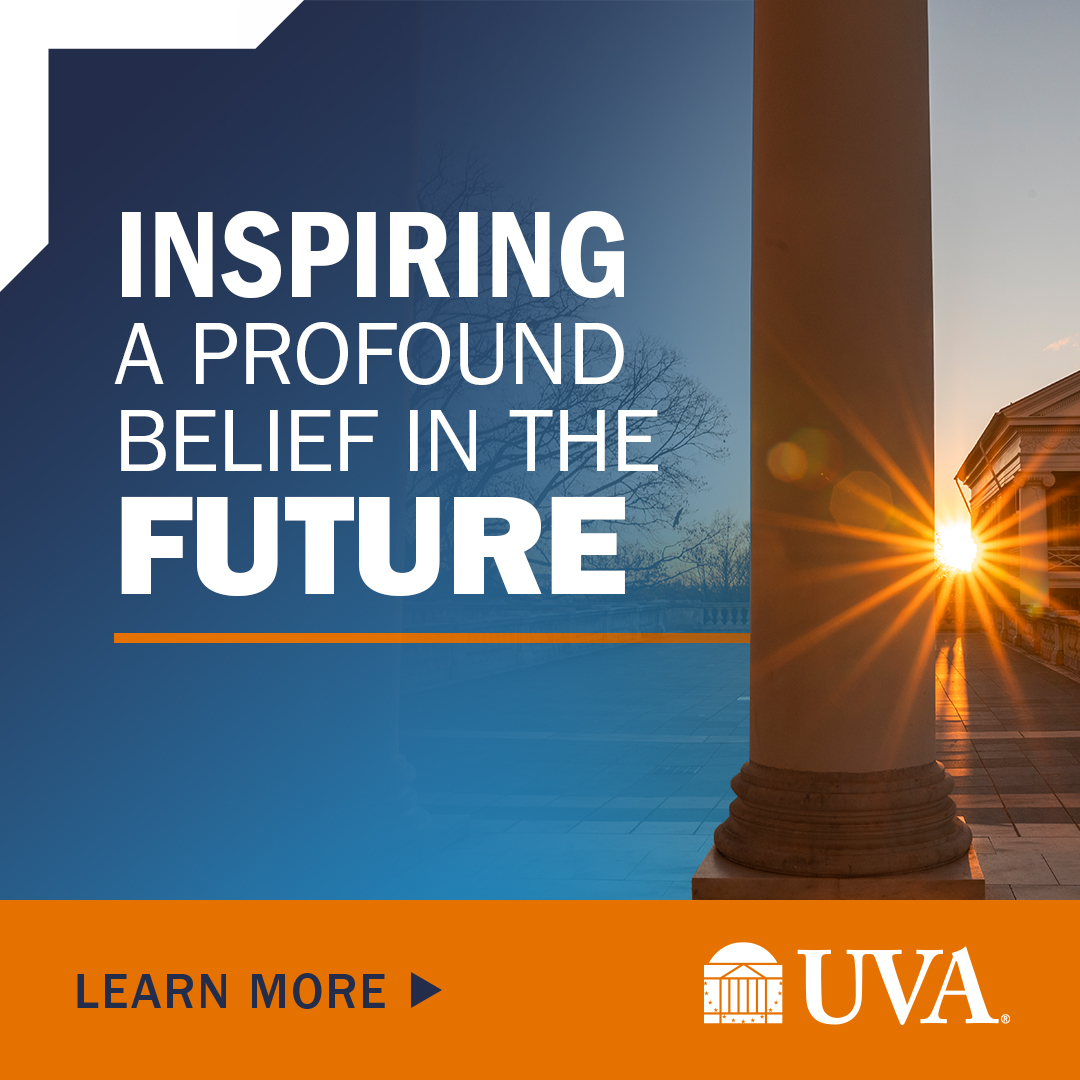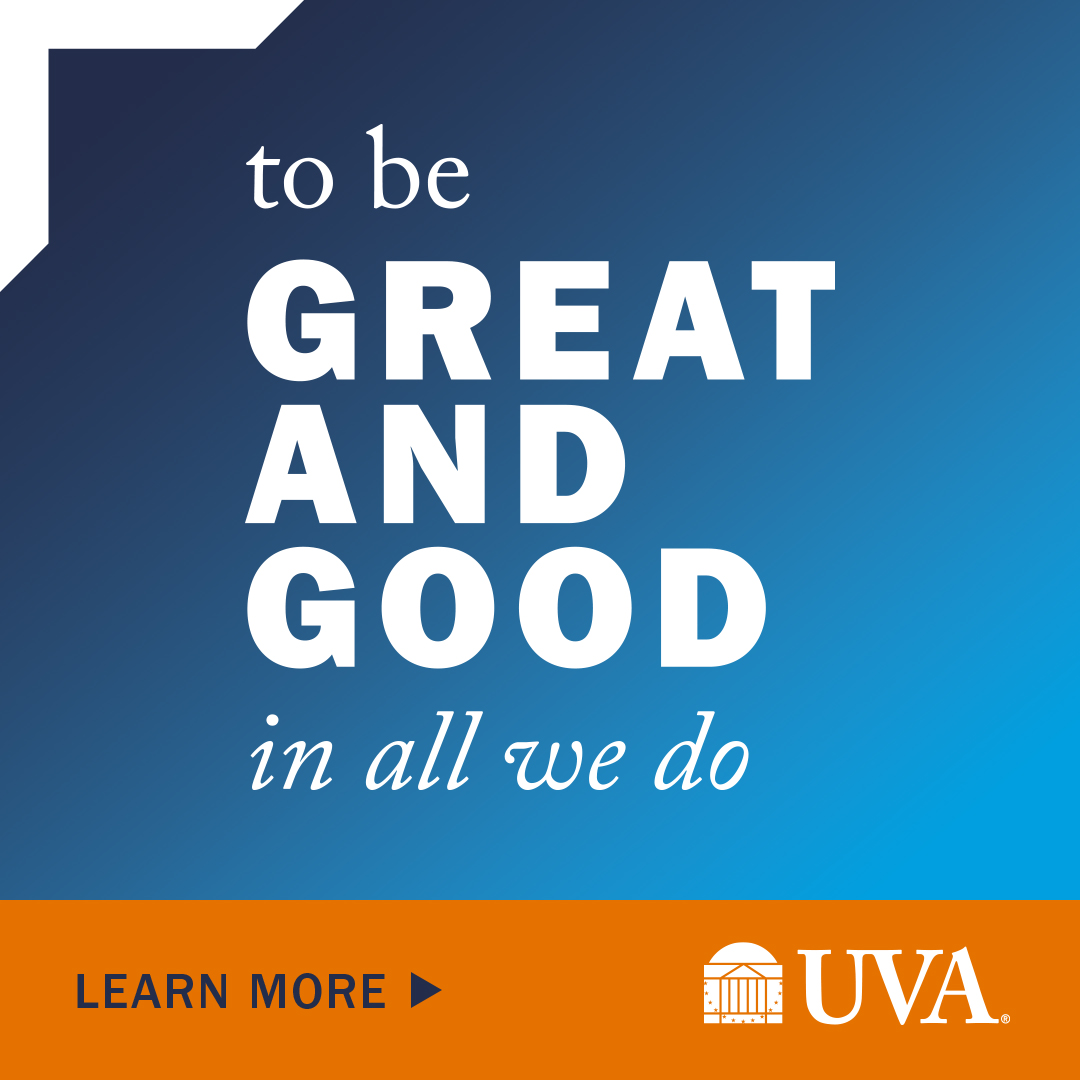When the COVID-19 pandemic hit in 2020, cities that usually accommodated thousands of tourists per day got a taste of life without mass tourism – and some of them don’t want all of those people back.
A gradual post-pandemic reopening is giving many popular destinations the opportunity to try out new methods. Venice, long plagued by overtourism, has banned large cruise ships from entering its waters. Amsterdam locals feel like they “got their city back,” and the city council has launched an online advertising campaign encouraging visitors to enjoy the city’s culture, but warning away “nuisance tourists” – especially the large bachelor parties that previously flocked to Amsterdam’s Red Light District. Lawmakers in Maui are seeking to impose a tourist tax, proposing a 3% tax for visitors staying at hotels and short-term rentals, and the island’s mayor is pleading with airlines to schedule fewer flights.
Each idea aims, in some way, to balance the much-needed income tourists bring with the damage that huge crowds can do to natural or historic places and the needs of a city’s own residents. We asked Jessica Sewell, an associate professor of urban and environmental planning at the University of Virginia School of Architecture, how cities can balance those needs in a post-pandemic reset.
Sewell’s research explores connections between culture and urban design. Among many projects, she is working with UVA’s Institute for Advanced Technology in the Humanities on a digital Urban Cultural Landscapes Guide to Suzhou, China, where she previously taught at Xi’an Jiaotong-Liverpool University. The guide aims to provide cultural and historical context for those visiting Suzhou, a major tourist destination in China that is home to several UNESCO World Heritage gardens.
Here’s what she had to say about some of the questions surrounding post-pandemic tourism.
Q. As cities reopen to tourists, what questions might they consider to promote responsible tourism? What does that look like?
A. One thing to think about is ways to promote tourism that keeps people in one place for a while. “Bucket list” tourism – zooming in to quickly hit a few popular sites and then leaving – causes a lot of harm to a city like Venice or Florence. It does not bring as much money into the local economy, because people might not be staying locally, or might not stay long enough to eat many meals or buy many groceries.
My colleague in China, Christian Nolf, has done work around the idea of slow tourism. Suzhou is a huge tourist attraction, but people tend to go to the same few places, mostly classical gardens and historic Pingjiang Street. Those places are absolutely mobbed, but other parts of the city don’t get the same number of visitors and aren’t benefiting economically. Cities should think about how to get people to slow down and really experience a place – not just its popular hotspots, but other neighborhoods and smaller attractions. Often, the smaller things that you find when you just wander a city are even more memorable than the big, famous sites.
Q. How can cities balance preserving the places and cultures that make them distinctive with welcoming people in to see those places?
A. That is not an easy one to answer. It’s a really tough conundrum, compounded by the fact that many attractions have to use money from tourists to pay for their own preservation. I think it is important to try to spread tourism across a longer period of time, by using things like timed tickets and reservations. A lot of places that had not used timed tickets before switched to them during COVID for crowd control. I expect many will continue, as it helps to mitigate the harmful effects of large crowds. Just spreading people out, physically and over time, helps reduce wear and tear.
Q. What other ideas have come up in your work in Suzhou?
A. China is undergoing a shift from mass tourism – typically involving large bus tours – toward more individual, independent tourism. That shift is part of a larger cultural shift from a more collective mindset to a more individual mindset, influenced by the large numbers of middle- and upper-middle-class Chinese who are traveling or studying abroad and seeing other ways of doing things. It does provide some opportunities for Chinese attractions to change how they approach tourism.











